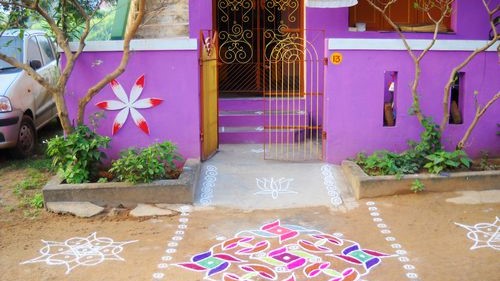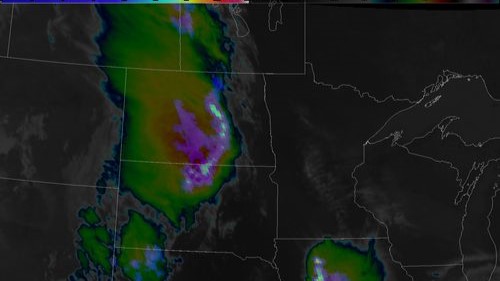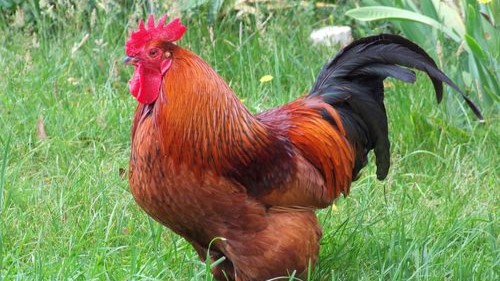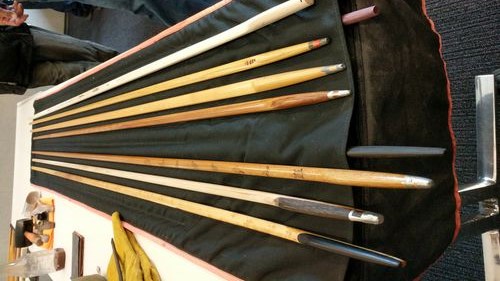Many Americans think of the Thanksgiving holiday as a day to give thanks over a shared meal. They gather with their families and reflect on the things they are grateful for. Around the world, people have many different traditions of giving thanks. Here are a few examples of thanksgiving celebrations around the world.
Chuseok in Korea
Chuseok is also known as Korean Thanksgiving Day. It is a three-day-long festival that is celebrated all across Korea. It is one of the most important Korean holidays. On this day, Koreans gather with their families. They give thanks to their ancestors and share food.
Chuseok started long ago as a celebration of a successful harvest. In the past, farming was a big part of life for many families in Korea. Families would gather to give thanks to their ancestors for a good harvest. Families would prepare feasts called charye in memory of their ancestors. These feasts often had recently harvested foods, like rice and fruits.
One special food connected with Chuseok is called songpyeon. Songpyeon are rice cakes. They are made with finely ground rice. The rice is formed into balls and filled with ingredients like chestnuts, red beans, and sesame seeds. The rice balls are steamed on top of a layer of pine needles. Families come together the night before Chuseok to make songpyeon.
Erntedankfest in Germany
Erntedankfest means “harvest thanksgiving festival” in German. This tradition also comes from the celebration of a successful harvest. Today, the celebration involves many Christian religious ceremonies. Erntedankfest is usually celebrated on the first Sunday in October. But in some areas of Germany, the harvest is slightly later in the year. For example, in areas that grow grapes for wine, the harvest is later in November. So in those areas, Entredankfest is celebrated then.
Erntedankfest begins with a church service. People bring straw baskets filled with food to the church. Those baskets are blessed by priests during the service. Then, the food is distributed to people in the community who need it.
A big part of Erntedankfest is a parade. In this parade, one lucky person is crowned the “harvest queen.” The harvest queen wears a crown made out of grain. At night, there are often lantern parades.
The celebrations of Erntedankfest are a little different in the city from in the countryside. For example, in the German countryside, many people weave large wreaths out of grains. These wreaths are decorated with ribbons and are often put up in public places or town squares. In cities, the celebration is more about the religious gatherings and parades.
Pongal in India and Sri Lanka
Pongal is a Hindu harvest festival celebrated in the southern part of India and Sri Lanka. It is an opportunity to give thanks for a successful harvest. Pongal is celebrated across four days in the middle of January. This is when crops like turmeric, sugarcane, and rice are harvested. The four days of Pongal each have a different focus. Each day has an activity or a ceremony that is important.
The first day of Pongal is the Bhogi festival. On this day, families clean out their houses. They burn items that they no longer need in a bonfire. This day is a symbol of a fresh start.
The second day, Thai Pongal, is the main day of Pongal. On this day, families offer special dishes made of rice and milk to the sun god. They also create drawings called kolam on the ground near their front doors.
The third day of Pongal is held in honor of cows. It is a day to honor the work that these animals do to help farmers. Cows are decorated with beads and flowers.
The final day of Pongal is all about family and community. Women put offerings of colored rice and other food outside for birds to eat. They pray for the success and happiness of their brothers and family. Families gather and eat meals together. They give thanks for their harvest and their community.









